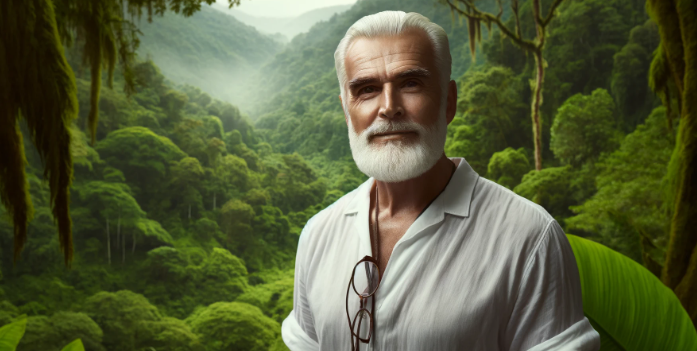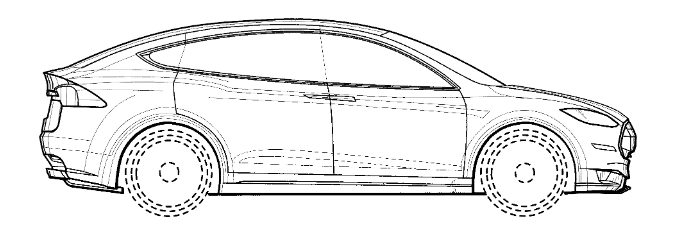Ten years ago - 2014 - the Supreme Court decided Alice Corp v. CLS Bank, holding that - yes indeed - the expansive language of Mayo v. Prometheus (2012) applies equally to software and technology patents. A few weeks later, the USPTO began a dramatic transformation - pulling back notices of allowance and issuing thousands of supplemental office actions. The Federal Circuit's May 2024 en banc decision in LKQ v. GM is perhaps as dramatic a change for the design patent arena as Alice was for utility patents. The old Rosen-Durling test made it almost impossible to reject a design patent as obvious except for extreme cases involving either direct copying or extremely broad claims. The key difficulty was that precedent required the obviousness inquiry to begin with a single prior art reference that is "basically the same" as the claimed design - a roughly 1-to-1 relationship. Further, any secondary references had to be ‘so related’ to the primary reference that features in one would suggest application of those features to the other." In LKQ, the court found those requirements "improperly rigid” under principles of KSR which require a flexible obviousness inquiry. The overall effect is to make it easier to find a design patent obvious.
To continue reading, become a Patently-O member. Already a member? Simply log in to access the full post.



